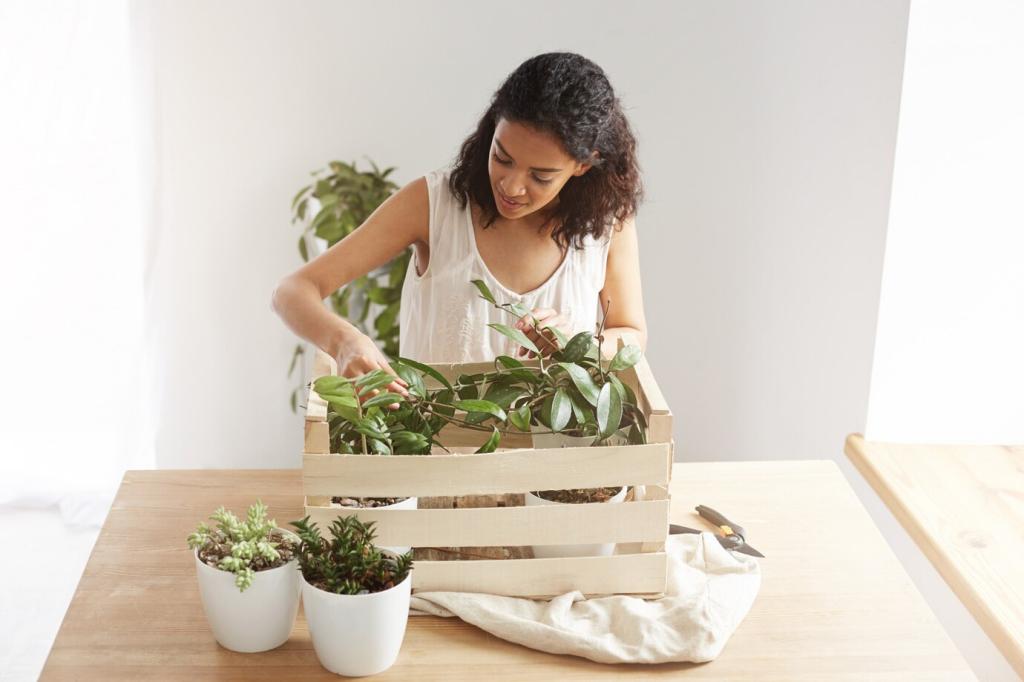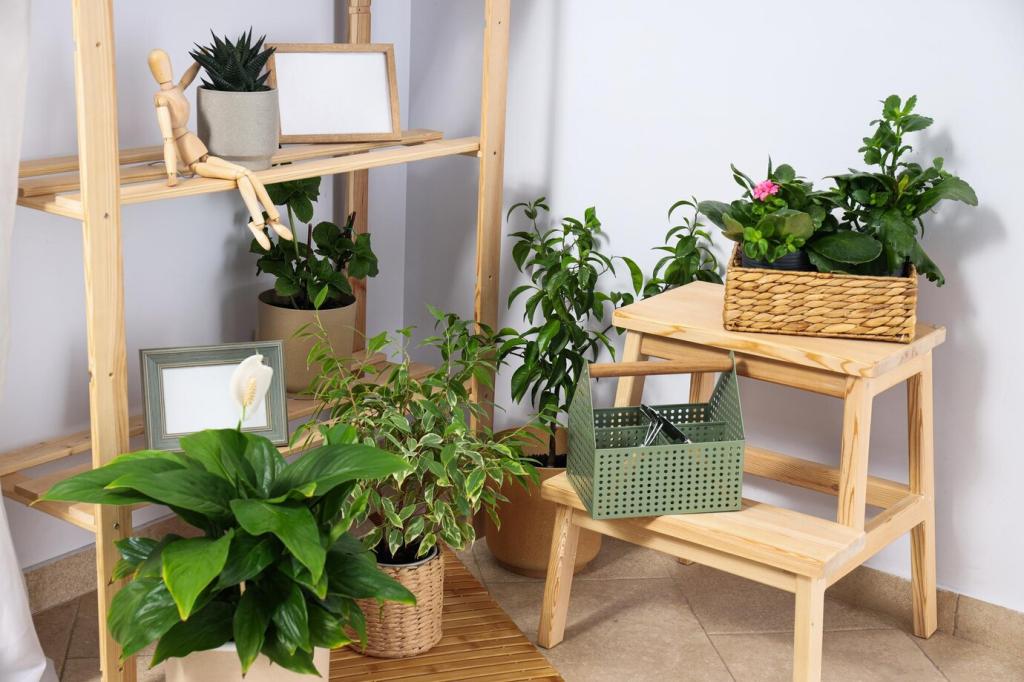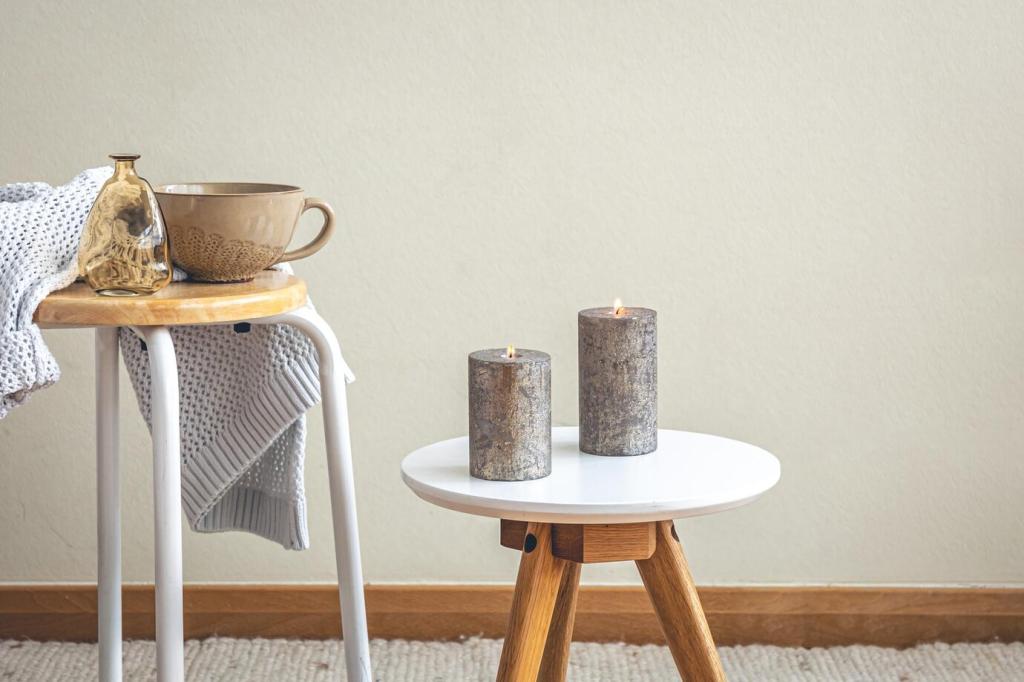Eco-Friendly Material Choices for Modern Homes
Creating a modern home goes beyond aesthetics—it involves making conscious decisions that support sustainability and environmental health. By incorporating eco-friendly materials into home construction and design, homeowners can reduce their environmental footprints, create healthier living spaces, and promote a better future for all. This article explores the wide array of sustainable material options available, highlighting the benefits and applications that make each an ideal choice for today’s modern home.

Sustainable Wood Options
Reclaimed wood offers a unique combination of character, history, and environmental responsibility. By repurposing wood from old barns, warehouses, or factories, homeowners can reduce demand for new timber and minimize waste. Reclaimed wood often comes with distinct imperfections, such as nail holes or weathered textures, which contribute a rustic charm not found in new materials. Its use in flooring, wall panels, and furniture provides personality and a story to every space. Furthermore, reclaimed wood is typically thoroughly aged, ensuring stability and durability—characteristics vital for modern home environments seeking both beauty and strength.

Recycled Metal Surfaces
Recycled metals, such as aluminum, steel, and copper, offer a sleek and modern option for surfaces, tiles, and fixtures in contemporary homes. Utilizing recycled metal significantly lowers the environmental impact compared to sourcing and refining virgin ore, as the recycling process uses far less energy. This material is highly durable, often outlasting traditional alternatives and requiring minimal maintenance. Its reflective quality can enhance natural light, giving interiors a striking edge. Architectural details—ranging from countertops to staircases—crafted from recycled metals are not only visually appealing but also strong statements of environmental consciousness.
Glass with Post-Consumer Content
Glass is a versatile and beautiful material suitable for windows, doors, and decorative elements. Incorporating post-consumer recycled glass reduces the need for raw materials and lowers greenhouse gas emissions associated with glass manufacture. Modern techniques allow glass to be recycled indefinitely, making it one of the most sustainable finishes available. Recycled glass surfaces can display vibrant colors and unique patterns, adding visual interest and luminosity to interiors. In applications such as countertops, mosaics, and backsplashes, recycled glass offers both performance and personality, appealing to homeowners seeking to blend eco-friendly choices with modern aesthetics.
Upcycled Textile Applications
Textiles play an essential role in any home, from upholstery and rugs to wall hangings and window treatments. Upcycled textiles are made by transforming discarded fabrics, surplus materials, or even plastic bottles into new and functional products. This approach significantly reduces landfill waste and the demand for virgin resources while preserving all the beauty and comfort expected from high-quality textiles. In modern interiors, upcycled fabrics can be found in stylish cushions, soft furnishings, and even as part of acoustical wall panels. Their use not only promotes creative reuse but also showcases innovative design, turning sustainability into a defining style statement.
Low-Impact Insulation Solutions
Cellulose insulation is manufactured predominantly from post-consumer recycled paper, mainly newsprint, making it an excellent example of resource efficiency. The material is treated with non-toxic fire retardants and additives to resist pests, ensuring safety and effectiveness for decades. Cellulose is known for its superior air-sealing properties, reducing drafts and heat loss, which translates into lower energy bills for homeowners. Its application in attics, walls, and floors contributes to noise reduction and maintains a healthy indoor air quality due to the absence of harmful chemicals. The utilization of cellulose insulation supports recycling industries and diverts significant waste from landfills.

Renewable Flooring Alternatives
Bamboo Flooring Innovations
Bamboo has emerged as a favorite flooring alternative, prized for its hardness, versatility, and rapid renewability. It can reach maturity within three to five years—far quicker than traditional hardwoods—which makes it an environmentally responsible option. Bamboo flooring is available in a variety of grains and hues to complement any contemporary design scheme, and modern manufacturing processes have improved its resistance to moisture and wear. Properly sourced bamboo, especially that certified by reputable organizations, ensures ethical harvesting and supports communities in growing regions. The distinctive look and sustainable nature of bamboo flooring have made it a mainstay in eco-conscious modern homes.


Linoleum from Natural Ingredients
Linoleum, often confused with synthetic vinyl, is a classic flooring material made from natural renewable ingredients including linseed oil, cork powder, wood flour, and natural pigments. Unlike petroleum-based alternatives, linoleum is biodegradable and emits no harmful VOCs, contributing to healthier indoor environments. Its resilience and anti-bacterial properties make it especially suitable for kitchens, bathrooms, and high-traffic areas. Linoleum comes in a rich palette of colors and patterns, enabling creative expression within green design parameters. Its long service life and end-of-life biodegradability bolster its appeal for homeowners dedicated to minimizing their ecological impacts.
Sustainable Wall Finishes
Clay and Lime Plaster Finishes
Clay and lime plasters have been used in building for centuries and are experiencing a revival in modern sustainable design. Made from abundant and natural materials, these plasters offer breathability, enabling indoor moisture regulation and helping prevent mold growth. They do not emit volatile organic compounds (VOCs), actively improving indoor air quality. Available in a spectrum of natural colors and customizable with earth-based pigments, clay and lime plaster exude a soft, matte texture that complements minimalist and organic modern interiors. Their application adds thermal mass, which can help moderate indoor temperatures, further reducing the home’s energy needs.
Paints with Low or Zero VOCs
Many conventional paints emit volatile organic compounds, contributing to indoor air pollution and posing health risks. Low or zero VOC paints are formulated to minimize these deleterious emissions, ensuring a healthier and more comfortable home environment. Advances in paint technology now allow for a broad palette of colors and durable finishes, meeting the demands of contemporary interior design without compromising air quality. These paints are ideal for families and individuals with sensitivities, as well as anyone striving to make their home a safer and more sustainable space. Their use is integral to any truly eco-friendly building or renovation project.
Textured Surfaces with Recycled Content
Textured wall finishes created from recycled materials combine tactile interest with sustainable innovation. Options include wall panels made from reclaimed wood fiber, compressed agricultural waste, or post-industrial plastic. These surfaces introduce depth and character, transforming plain walls into dynamic features that support green building objectives. The use of recycled content not only lowers the carbon footprint associated with new construction but also sparks creativity in form and finish—each wall a testament to resourcefulness. Textured recycled finishes reinforce modern aesthetics and environmental ethics, serving as conversation pieces and focal points in sustainable homes.
Green Roofing Materials
Living Roof Systems
Living roofs, or green roofs, consist of layers including vegetation, engineered soil, and waterproof membranes. These systems provide extraordinary benefits: improving insulation, reducing urban heat island effects, filtering airborne pollutants, and supporting pollinator species. Depending on the structural capacity, living roofs can be as simple as sedum mats or as complex as accessible rooftop gardens. They absorb rainwater, alleviating strain on municipal systems during storms, and prolong the lifespan of the underlying roof material by shielding it from UV rays and temperature extremes. Living roofs are an inspiring and impactful way to enhance the sustainability and beauty of modern homes.

Composite siding made from recycled wood fibers and plastics creates a high-performance alternative to traditional wood or vinyl. This cladding delivers enhanced durability, resisting rot, insects, and warping, while maintaining a natural appearance. By utilizing waste products, composite siding supports circular economies and lessens environmental burdens. Modern manufacturing techniques yield products with a rich array of colors and textures, seamlessly fitting with contemporary design trends. Easy installation and low maintenance requirements further make this an attractive choice for eco-conscious homeowners who desire lasting quality and reduced upkeep.
